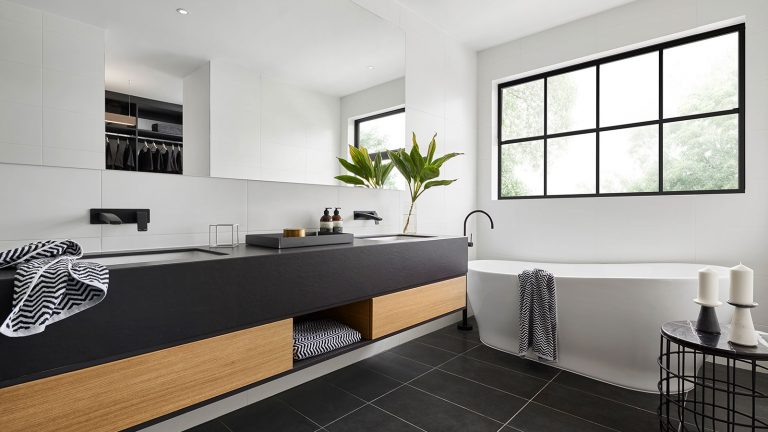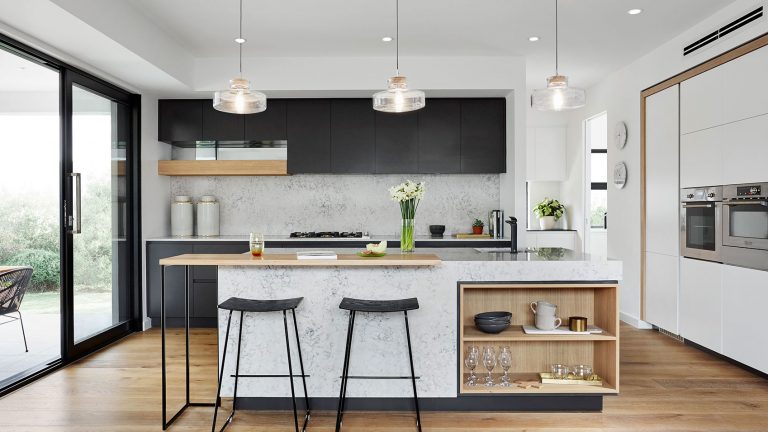
Home Owner Hints
How to control condensation in your home.
As the days get colder, you might notice your windows fog up or the glass of your doors drip water. Often mistaken as a product defect, condensation is a common cause of unwanted dampness in the home.
Preserve the strength of your windows and doors for years to come and keep your home comfortably dry with our guide to managing condensation.
What is condensation?
Condensation occurs when excess humidity in the air is released onto cool surfaces. The glass in your A&L windows and doors provides a visible surface that shows the first signs of condensation. Left unmanaged, condensation can cause structural issues in windows and doors made from aluminium and a range of other materials.
Condensation in aluminium windows and doors
In aluminium windows and doors, the temperature of the material will change to the air temperature around it—due to aluminium’s ability to transfer heat. The colder the outside temperature, the colder the aluminium frame and the more likely condensation will occur.
The causes of condensation
There’s a common misconception that condensation is caused by poor quality or defective windows and doors. However, this is not the case. In nearly all instances, the key cause of condensation is interior humidity.
High interior humidity can lead to structural damage to your home and potential health hazards such as mould growth or wood decay. Because this type of damage often goes unseen within your home’s wall cavity, condensation on glass can be a useful visible indicator that humidity levels are too high.
Condensation in modern homes
Modern homes are more energy efficient and air-tight than older homes. As a result, there is less exchange with outside air – which saves energy but increases interior humidity. As a result, you may notice condensation in your new home that you never experienced in your older home. New windows are installed to be airtight, trapping humid air inside.
Lifestyle factors
Your family’s lifestyle can also be a factor that contributes to interior humidity. Cooking, long showers or baths, saunas, spas, and washing clothes all contribute to humidity levels. Variations in these and other moisture-generating activities often result in one home or family experiencing condensation while another may not.
Controlling interior condensation
Condensation on the interior surface of glass is almost always due to high levels of interior humidity – making it important to control interior humidity within your home.
Here are a few tips to help you prevent and manage condensation in your home:
- Consider installing double glazed windows. Double glazed units tolerate more indoor humidity before ‘fogging up’ than single pane glass units.
- Raise the average temperature of the house by one or two degrees. Depending on many conditions, this can greatly reduce condensation.
- Open blinds for air circulation. Closed blinds trap warm air in the space between the glass pane and blinds. This air cools and releases moisture in the form of condensation.
- Use a ceiling fan to circulate warm room air toward windows.
- Relocate heat vents beneath windows and alfresco doors. Do not block heat vents with furniture or other objects. The placement of these vents promotes proper air circulation throughout the house. Air circulation helps dry moisture in the air and distributes heat more efficiently.
- For unoccupied and unheated rooms, keep interior doors open. This promotes proper air circulation throughout the house.
- Vent all appliances to the outdoors. For example, make sure you open a door or window in your laundry when the dryer is on.
- Run exhaust fans in kitchens and bathrooms.
- Make sure all vent ducts are clear of lint and other obstructions.
- Turn humidifiers down as the temperature outside gets colder.
Controlling exterior condensation
While interior condensation might be something you notice sooner, exterior condensation can also cause issues within your home. When the temperature of the exterior surface of the glass is cooled below the temperature of the outside air, moisture forms on the exterior side of the glass.
To better manage exterior condensation, you can try:
- Closing your window coverings to reduce cooling of the glass by air.
- Removing or trimming outside shrubbery near glass to promote air circulation.
Learn more
If you’d like additional insights and tips on how to best care for your A&L products, you can sign up to our newsletter to receive the latest articles, or visit the Product Care section of our website for more information.














